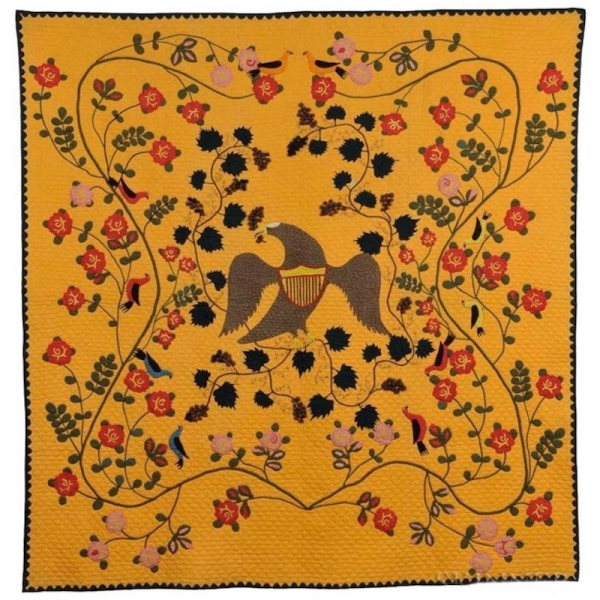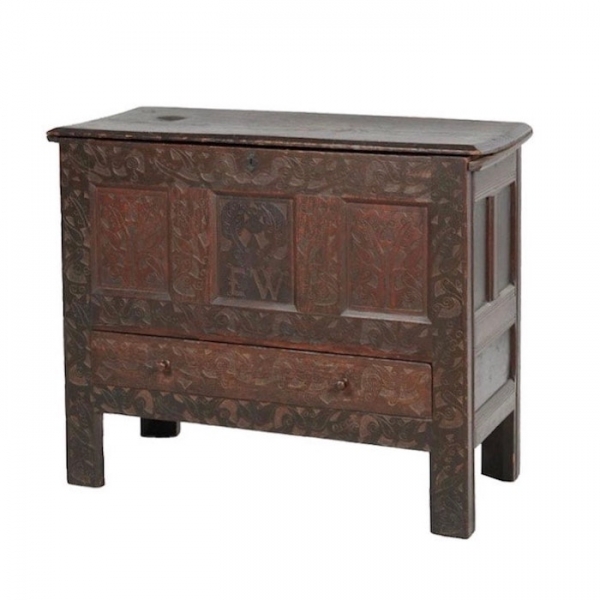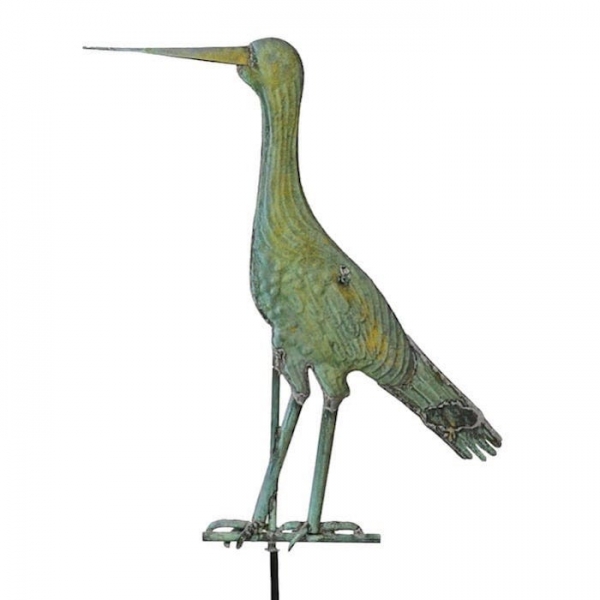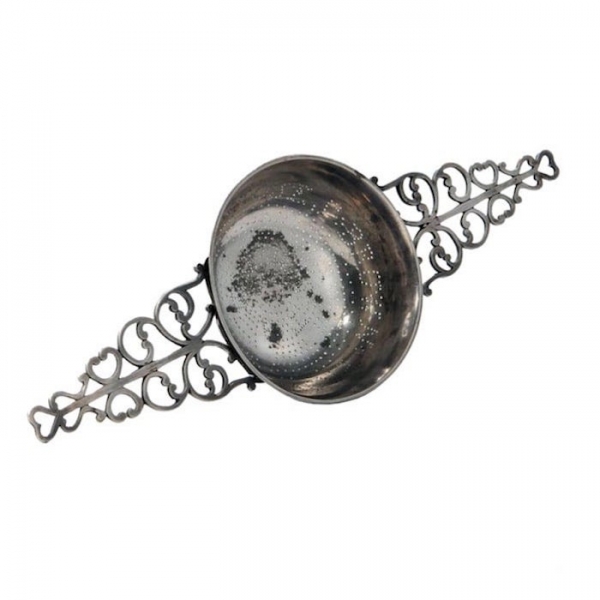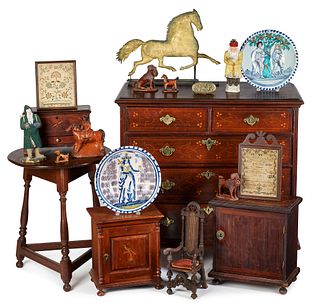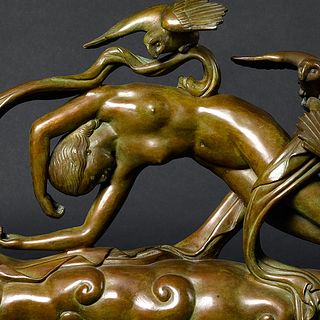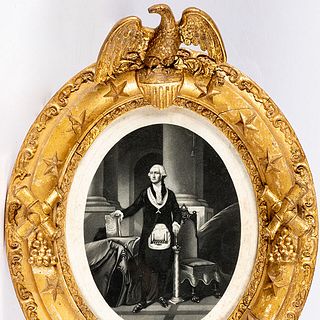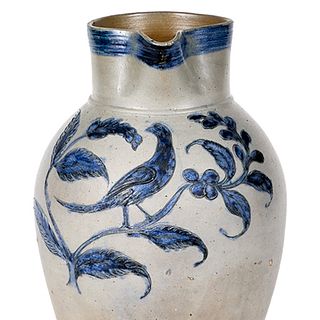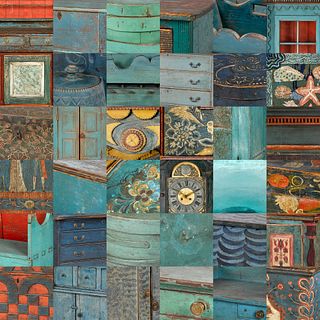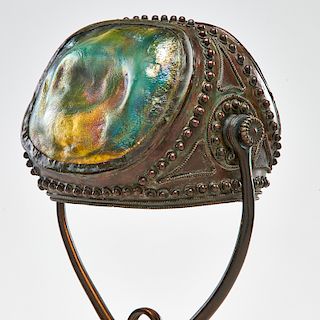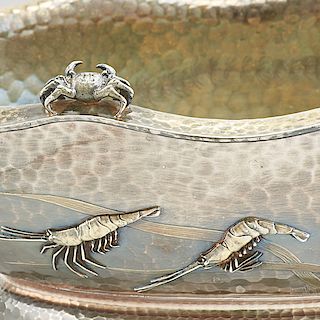Appreciating Americana: Q & A with Christopher Fox
Whimsical, refined, unexpected; for collectors of American decorative arts and furniture, catalogs like the one coming up at Skinner are exactly what one needs to get the wheels of intrigue spinning. Artworks and objects point to specific events and persons, highlighting inventive craftsmanship and the tenacious colonization of our recent past.
We called upon Skinners’ Associate Deputy Director for American Furniture & Decorative Arts and Historic Arms & Militaria Specialist, Christopher Fox, for guidance and insights into their much-anticipated American Furniture & Decorative Arts sale coming up on March 3rd.
BSQ: Two of the highest estimates in your upcoming auction are for antique quilts, each having their own special story. One of them is a family heirloom dating back to the Civil War. Does it surprise you when families let historical heirlooms like this go?
CF: Sometimes, but I find that in the majority of the cases where a family decides to sell an important family heirloom, they are faced with a situation where, for a variety of reasons, there is nobody in the family who is able to ensure the safety and preservation of the object for the long term. Families in this position almost always tell us that they want to find a good home for the item with somebody who cares for the item and its' history; they know that the auction process will serve as a good means to that end.
BSQ: There are a few different theories surrounding the purpose of face jugs. What would the artist, William Decker, have made this piece for? Can it be seen as a detailed piece of folk art portraiture or rather an object that plays a deeper symbolic role?
CF: William Decker was part of a larger family of potters working in Chucky Valley, Tennessee in the late 19th and early 20th century. He made a variety of utilitarian articles as well as artistic objects such as this jug. It's known, from other surviving examples of Decker’s work, that he was a talented and imaginative potter, and it has been suggested that he used pottery as a chief form of self-expression. I think there are a number of possible reasons to explain why he made this particular piece. He may have made it as a “folky” rendition of a friend’s likeness as a gift or it may have been made as a sort of caricature for more light-hearted reasons. While it's possible that there is a more symbolic explanation for this particular piece, I think it difficult to assign that as a reason in the absence of more information about the identity of “L.W. Berry” whose name is inscribed on the back. We have to also admit that the exact reason why this piece was made may never be known.
Lot 16, The Elizabeth White Hadley Chest, c. 1718; Estimate $40,000 - $60,000
BSQ: For a collector of American furniture, what stands out about The Elizabeth White Hadley Chest? Does monogramming typically increase the value of an antique?
CF: The Hadley chest is one of the most recognizable and sought after pieces of early New England furniture. The paneled construction, vine carving, and monogramed central panel are all hallmarks of its form and are seldom seen in other American pieces. Many pieces of furniture have the owner’s initials carved or painted upon them, but it's when the identity of the initials is known that the appeal dramatically increases with collectors. Knowing who owned a piece of furniture opens a window into the past that makes it possible to better understand the historical and social context within a family and geographic region.
Lot 207, Unique Large Molded Copper Heron Weathervane, Late 19th century; Estimate $30,000 - $50,000
BSQ: Weathervanes offer such an exciting and unique assortment of subject variety. What are the sought after elements to look for in your top three selections?
CF: Unusual form and a great original surfaces sets these weathervanes apart from many others. The heron (lot 207) is essentially unknown in weathervanes outside of this example. We also know a lot about its history which makes it desirable. Lot 57, the American flag and hammer weathervane, represents an interesting mix of American industry and patriotism. It's also a large weathervane with a length of 65 inches and, no doubt, sat atop a large building; we suspect a Mechanics Guild Hall. The Statue of Liberty weathervane (lot 105) is desirable for many reasons. It's preserved in outstanding condition with wonderful intact gilding and a nice verdigris surface, and it's a very unusual form with virtually all the details seen in the original Bartholdi statue on Bedloe’s Island in New York Harbor.
BSQ: Touching upon the silver portion of the auction; there is a particularly important Lemon Strainer estimated for $12,000 - $15,000. Are valuable kitchen items commonly seen crossing the auction block?
CF: Interestingly, this strainer is actually not a kitchen item. This item would have been a crucial piece of equipment on a genteel person’s table when entertaining guests. In the 18th century, alcoholic punches were served to guests at social gatherings. A strainer such as this would have been placed over the rim of the punch bowl to capture the seeds as a lemon was being juiced into the punch. In most cases, a bowl of punch was prepared at the table and not in a kitchen.
BSQ: Shaker furniture represents the quintessential spirit of Americana furniture. This catalog has several accessibly priced options. Would you consider Shaker to be a ‘must have’ essential for any new collector of Americana?
CF: Shaker furniture is widely appreciated for its simple, clean lines, often strong colors, and historical association with the communities in which it was made. Its simple style fits with much of today’s decorating schemes and I think that has made it attractive to new buyers. As far as it being a ‘must have’ for any new collector, that’s really a matter of personal preference and interest in antiques.
Lot 192, Classical Shell-decorated and Red-painted Sofa; Estimate $1,500 - $2,500
BSQ: Merging decorative design with American history, the nature of folk art can often exhibit master-craftsmanship from unknown artisans. Is there anything in this catalog that you’ve never seen before? Can an unsigned piece be just as valuable as a signed one?
CF: One of the great things about working for Skinner is that we see such a wide variety of categories and antiques. The classical shell-decorated and red-painted sofa, (lot 192) for example, is a unique piece. While we handle a number of classical sofas in any given year, I can’t say that we’ve run across one decorated like this before. It originated in New Brunswick and while we don’t know who owned or made it, there is no doubt a maritime connection.
When it comes to signed vs. unsigned pieces, signed pieces are almost always more valuable. Being able to make an absolute connection with a specific maker is important as it allows a deeper understanding of the origin and history of a piece.
Don't have a Bidsquare account? Sign up here!
Be in the know about upcoming auctions and exciting post-sale results by following us on Facebook and Instagram.

Christopher D. Fox, Associate Deputy Director, American Furniture & Decorative Arts and Specialist, Historic Arms & Militaria at Skinner
- Quilts as a 2025 Design Trend: A Celebration of American Heritage and Craftsmanship
- A Celebration of Sports History and Collectibles
- Antiques and the Arts Weekly Q&A: Allis Ghim
- The Thrill of Sports Memorabilia Auctions: A Collector’s Paradise
- Demystifying Coin Condition: A Guide to the Sheldon Grading Scale
- Snoopy & Friends: A “Peanuts” Auction at Revere
- Colorful Chinese Monochromes at Millea Bros
- 12 Holiday Gifts for the “Impossible to Buy For” on Bidsquare
- Alluring Art Objects and Accessories from the Estate of Chara Schreyer
- Kimball Sterling's One-Owner Outsider and Folk Art Collection Showcases Masters of the Unconventional



 EUR
EUR CAD
CAD AUD
AUD GBP
GBP MXN
MXN HKD
HKD CNY
CNY MYR
MYR SEK
SEK SGD
SGD CHF
CHF THB
THB